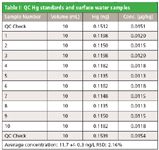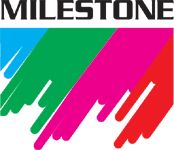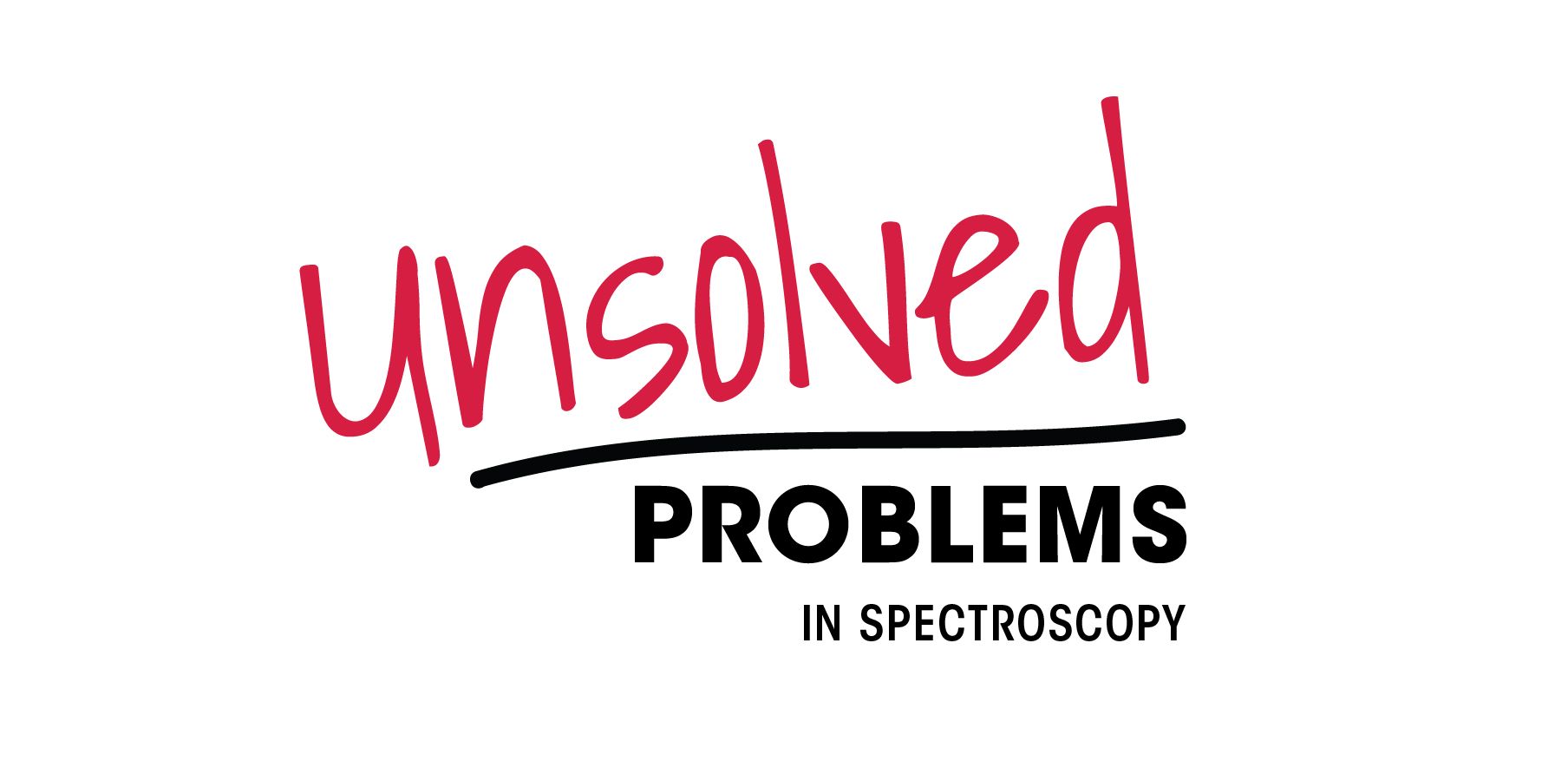Article
Spectroscopy
Spectroscopy
Determination of Mercury in Water Samples Using Cold Vapor Atomic Absorption Spectroscopy — EPA 245.1
Author(s):
With over 1300 commercial testing labs in the United States, one out of every three samples is for water analysis. There has been an even stronger emphasis on mercury testing and its concentration in our water supplies.
With over 1300 commercial testing labs in the United States, one out of every three samples is for water analysis. There has been an even stronger emphasis on mercury testing and its concentration in our water supplies. This application note describes the use of cold vapor atomic absorption spectroscopy as described in the EPA method 245.1 to determine mercury concentration in water samples including drinking, surface, ground, sea, brackish waters, and industrial and domestic waste waters.
Experimental
Determine mercury concentrations in surface water samples. In addition to the water samples, pre and post QC checks (15 ppt standards) served to ensure instrument stability and accurate results.
Principle of Operation
Milestone's Mercurio AAMA-80 incorporates the following sequence to perform a direct measurement in a liquid sample: Aliquot of sample transferred automatically to reaction mixing block through a peristaltic pump where it is mixed with argon gas and a stannous chloride reagent solution, mercury vapors pass through a gas-liquid separator and purification system followed by Hg amalgamation and detection. Following amalgamation, the mercury vapors are released to a single beam, fixed wavelength atomic absorption spectrophotometer. Absorbance is measured at 253.7 nm as a function of mercury content. The system is concurrently cleaned with the amalgamation step for a seamless and more productive process.

Figure 1: Milestone’s Mercurio AAMA-80.
Results
See Table I.

Table I: QC Hg standards and surface water samples
Discussion and Conclusion
The Mercurio AAMA-80 successfully recovered 100% of the 15 ppt Hg standards and processed 10 surface water samples with excellent reproducibility and accuracy without any interference.

Milestone Inc.
25 Controls Drive, Shelton, CT 06484
tel. (866) 995-5100, fax (203) 925-4241
Website: www.milestonesci.com
Newsletter
Get essential updates on the latest spectroscopy technologies, regulatory standards, and best practices—subscribe today to Spectroscopy.


